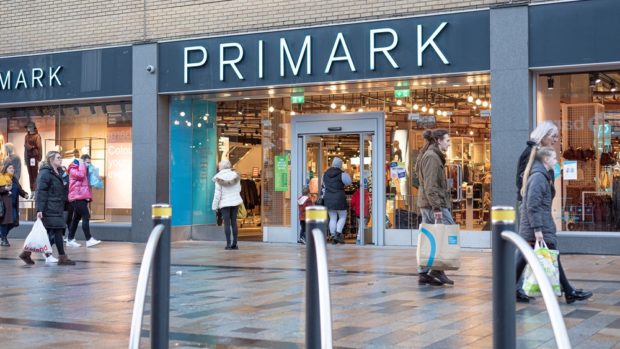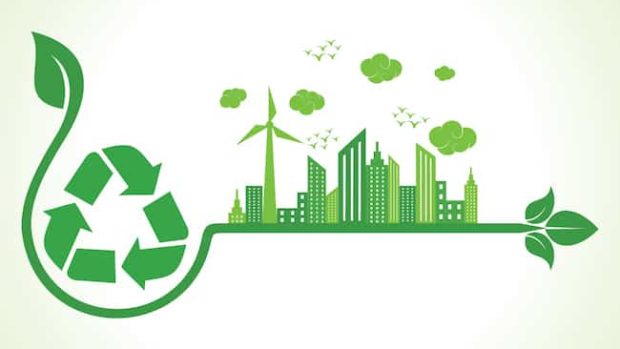The October ONS retail sales data, which shows an increase in retail sales volumes of 0.6 per cent was in part due to a sharp fall in sales in September following the Queen’s State Funeral and an extra bank holiday:
Although there was an uptick in retail sales last month, driven by clothing up 2.5 per cent, it’s hard to ignore what’s likely to be a bleak winter ahead. Consumers are looking at how they can tackle the fallout from the cost-of-living crisis in their spending decisions; even essential spend on food was down 1 per cent, with shopping baskets getting smaller as inflation takes a hold.
Despite the cost-of-living allowance given to consumers last month to offset the energy price cap increase, there’s still little sign of early Christmas cheer for retailers. This has led to many not being able to hold their nerve and starting offers early.
The upcoming World Cup, Black Friday and Christmas may offer a temporary respite, but the question is are these just sticking plasters? Retailers will be banking on Black Friday in particular to shift their excess stock. But with stalling demand, Black Friday probably isn’t going to be the panacea many cash-strapped retailers are hoping for. With bank balances running low, businesses should be scenario planning now for the event that the Golden Quarter may not deliver the cash they need, and waiting until January could be too late.
Despite the package of support offered by government in yesterday’s Autumn Statement on business rates, the commitment to go ahead with the re-evaluation of properties will be a bitter blow to many in the industry that feel the system isn’t fit for purpose.
Thomas Pugh, economist at RSM UK, added: ‘Don’t be fooled, the small 0.6 per cent m/m uptick in retail sales in volumes in October probably represents a mechanical bounce-back after the extra Bank holiday for the Queen’s funeral in September. The economic headwinds are just as strong as previously and the downward trend is likely to resume in November.
‘Soaring inflation, which hit 11.1 per cent in October, combined with soaring mortgage rates will continue to depress consumer spending and hammer retail spending and the wider economy.
‘Admittedly, the Autumn Statement will provide a bit of support to spending over the year. Focusing tax rises on the wealthy (who amassed the most savings during the pandemic and have the lowest propensity to spend) and windfall taxes on the excess profits made by energy companies will limit the hit to spending in the rest of the economy.
‘What’s more, by uprating benefits in line with inflation, raising the national living wage by 9.7 per cent and announcing further direct support to vulnerable households, the chancellor is supporting the incomes of those with the highest propensity to spend.
‘However, much of that will be offset by increases in energy prices. From April, the typical household’s annual energy bill will rise to £3,000, from £2,500 at present.
‘As a result, Real Household Disposable Income per person is set to fall more than 7 per cent over the next two years. This is by far the biggest fall on record and would return real incomes back down to their 2014 levels.
‘This is a key reason why we think the economy is already in a recession and will be until Q3 2023 with a peak-to-trough drop in GDP of around 2 per cent similar to the 1990s recession.’








Share